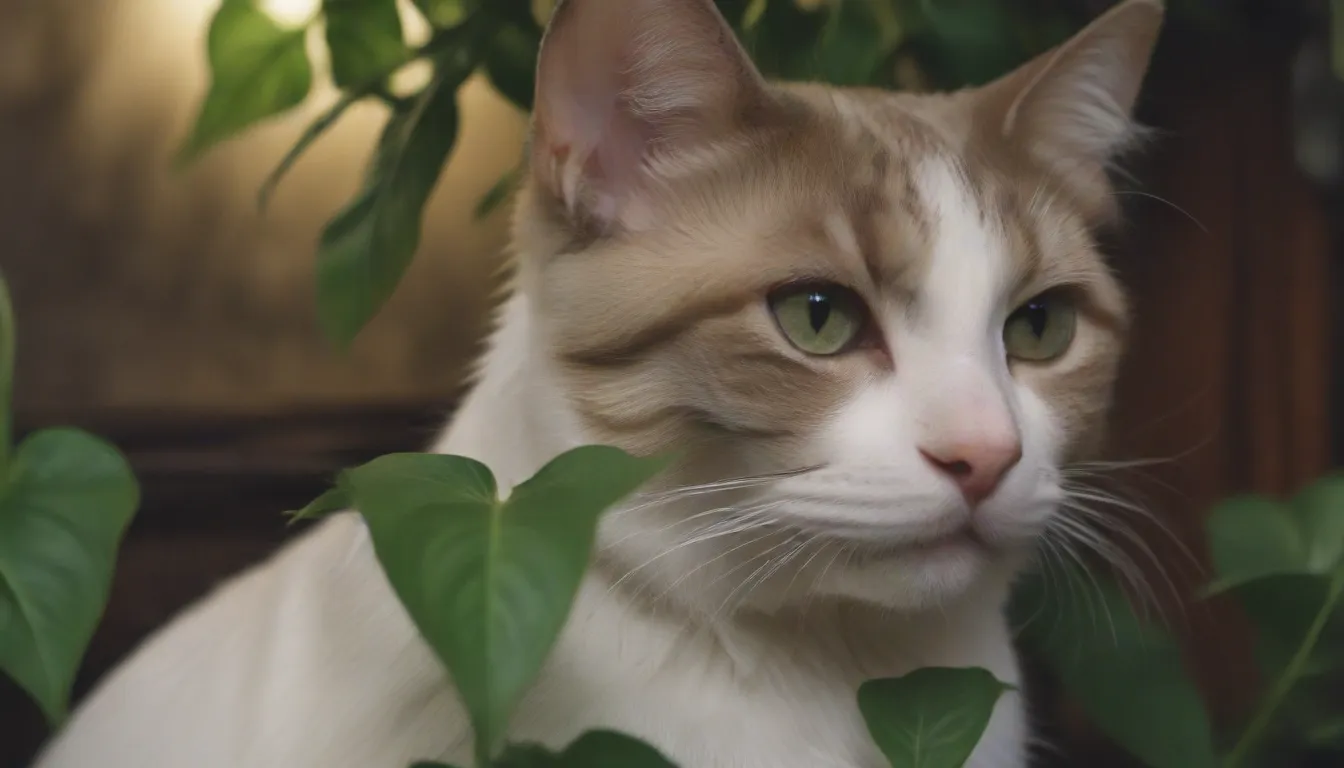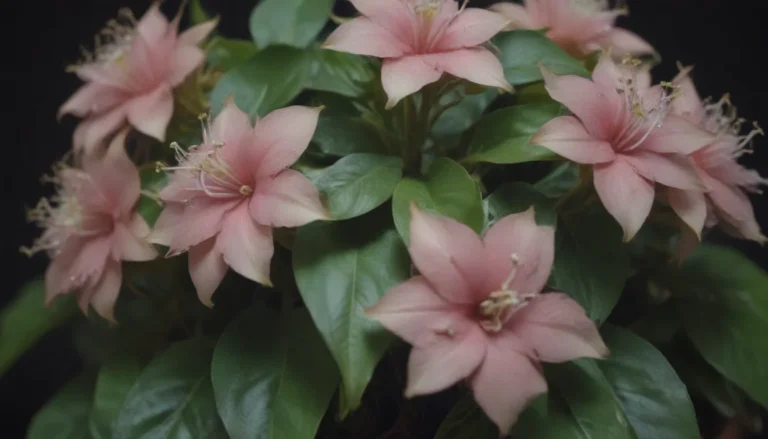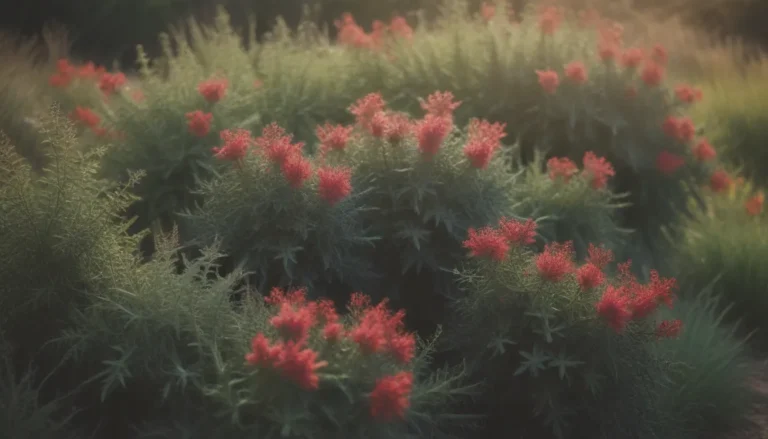Understanding Pothos Plant Toxicity When Living with Cats

Houseplants can add vibrancy and life to any space, but when you have pets, especially curious cats, it’s important to be mindful of the plants you bring into your home. Pothos plants, with their lush foliage and easy care requirements, are a popular choice for many plant enthusiasts. However, if you share your space with a feline friend, it’s crucial to understand the potential risks associated with pothos plant toxicity.
The Danger of Pothos to Cats
According to the ASPCA, all varieties of pothos are considered toxic to cats if ingested. This toxicity is due to the presence of calcium oxalate crystals in the plant, which can cause oral irritation and a range of other symptoms in cats. Common signs of pothos toxicity in cats include intense burning of the lips, tongue, and mouth, excessive drooling, vomiting, and difficulty swallowing. It’s important to note that cats are adept at hiding pain and discomfort, so it’s essential to be vigilant and seek veterinary care if you suspect your cat has ingested pothos.
Why Do Cats Eat Pothos?
Cats are obligate carnivores, meaning their diet primarily consists of meat. However, they may nibble on plants, including pothos, as a means of aiding digestion or supplementing their nutritional needs. If you notice your cat showing interest in your houseplants, particularly trailing or grassy varieties like pothos, it’s crucial to take proactive steps to ensure their safety.
Ensuring a Safe Living Environment for Cats and Pothos
While the decision to keep pothos plants in a home with cats ultimately depends on individual circumstances, there are measures you can take to create a safe environment for both your plants and your feline companions.
Prevention is Key
-
Hanging Planters: Displaying pothos in hanging planters can help keep them out of your cat’s reach. Trim the vines regularly to prevent them from trailing too close to the ground where they may be accessible to curious cats.
-
Provide Distractions: Offer your cat plenty of stimulation with scratching posts, cat trees, and interactive toys to divert their attention away from houseplants.
-
Cat-Safe Alternatives: Consider growing cat-friendly plants like cat grass or catnip as a safe and enticing alternative for your feline friends.
Recognizing and Responding to Pothos Toxicity
If your cat does ingest pothos, it’s important to recognize the symptoms and act quickly. Look out for signs of oral irritation, difficulty swallowing, and excessive drooling, and contact your veterinarian immediately if you suspect your cat has ingested the plant.
Conclusion
In conclusion, while pothos plants are a popular choice for indoor gardening enthusiasts, they pose a potential risk to cats due to their toxicity. By understanding the dangers of pothos toxicity, creating a cat-friendly environment, and being proactive in prevention and response, you can ensure a safe and harmonious living space for both your plants and your beloved feline companions. Remember, a little extra care and attention can go a long way in keeping your pets safe and happy in a plant-filled home.





